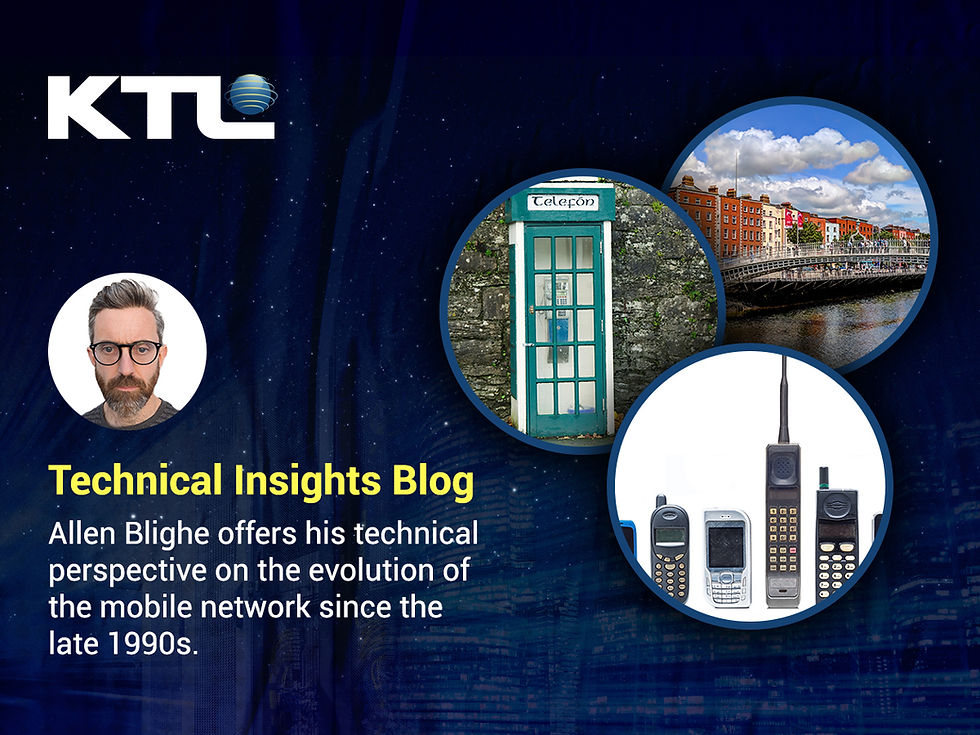Lynda Somers - Project ManagementTechnical Insights Blog
- KTL
- Jun 21, 2023
- 3 min read
Updated: Jun 26, 2023

The Covid-19 pandemic meant a large-scale move to homeworking and accelerated the adoption of faster broadband and related technologies by businesses. With the rise of hybrid working, businesses are embracing technology that empowers workers to maintain the same level of productivity whether they are at home or in the office.
This demands a 24/7 monitored service that delivers a wide range of data services for enterprises, with scalable bandwidth to meet increasing connectivity requirements.
Lynda Somers, KTL’s Project Manager discusses working on the wireless leased lines project for enterprise network customers.
Tell us a little bit about your background and experience?
I started with KTL in March 2009; I was doing work experience for college. Once I finished college, I was asked to work full time and have never looked back since. My first role was project coordination, I then became a project coordinator team lead. To bolster my experience, I completed a project management course in 2020 and then progressed into my project manager role. I took over the telecom’s enterprise project in February 2022.
Could you describe your role and what it involves?
The main objective of my role is to deliver a Wireless Lease Line for customers under the telecom’s enterprise network project. This could be a new build or an upgrade to an existing customers WLL service. I act as the main point of contact for our client’s customer, which includes giving them expected timelines for the successful delivery of the service.
There are many background factors to consider when installing a WLL, some of which were not known to myself prior to starting in this position. I am very thankful to work with a fantastic team that is always willing to help or answer any questions that may arise.
What is a WLL and how does it work?
WLL stands for Wireless Leased Line. This works by building a service between the customer and a B-End site, which is the far end site linking to the customer’s dish. This is a secondary site, which could be owned by Three/ESB etc, where we install a new dish that connects back to the customers site, to provide the best possible coverage for the customer. This process starts off with KTL getting a required solution, surveying the required sites for the dish-to-dish link, and then working out how to build it best for our customer.

What challenges do you face?
The main challenge that I face is that no two sites are the same. Even if two separate customers require a new WLL to be installed, the two projects could be entirely different. This means that every project requires proper time and planning to ensure that each aspect is covered and the best solution for the customer is achieved.
How do you overcome these challenges?
I rely upon my colleagues in KTL who work on the telecom’s enterprise network project. This area demands multi-layers of questions that need to get answered, and with the support of my colleagues, they are adequately dealt with, and each project progresses efficiently. I have found that someone will always know the answer or point me in the right direction to where I will find the solution to a problem.
What are the emerging technologies and trends in this area?
It's clear that our customers now have an increased need for high-speed internet, driven by the demands of hybrid working. Reliable and fast internet access has become a critical factor for businesses, impacting how they operate. I expect this trend will continue for the foreseeable future.
To find out more about KTL’s services go to: https://www.ktl.ie/services




Comments